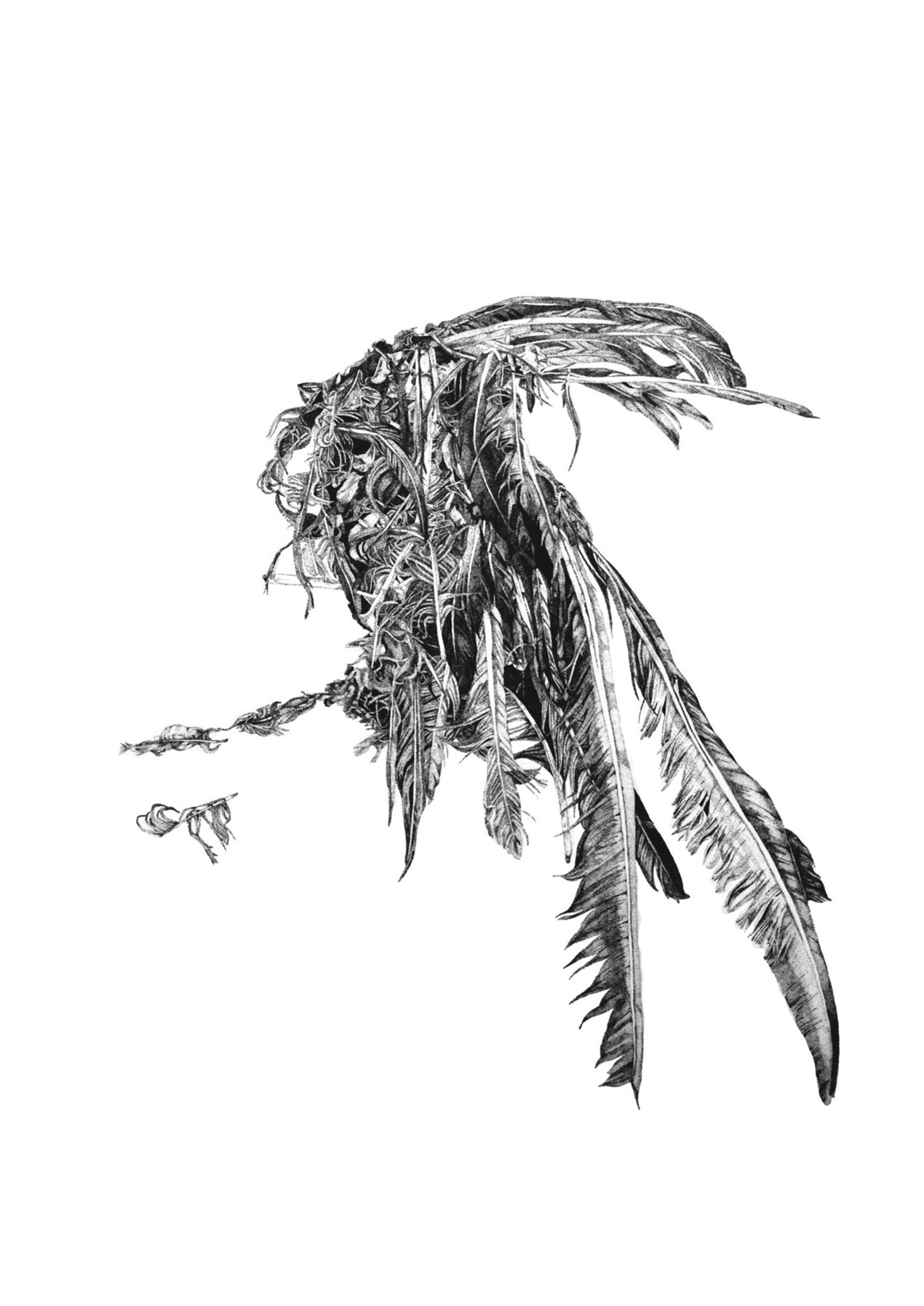In the frame: The Artful Line
Holly Nesbit writes about spending weeks cataloguing drawings from the archives of the Harris Museum and Art Gallery in Preston, now on display in a virtual exhibition
Samuel Courtauld was one of the founders and a key funder of the Courtauld Institute of Art. His wealth came from the textile industry and one of his many factories was in Preston, at Redscar. It closed 40 years ago.
Courtauld was a passionate art collector who exhausted his friends going to exhibitions, and travelled far just to trace Cezanne’s footsteps. “Pictures excite Sam so much,” one of his friends wrote of his endless energy for looking at art. It’s something I can relate to and which I got to put into practice when, as collections assistant apprentice at the Harris,
I catalogued over 200 drawings from the archive – a collection that is very rarely seen due to its sensitivity to light.
It took me several weeks to catalogue the drawings, recording aspects such as the materials used and any inscription or mark the artist may have left. You pick up on things you may not have seen before and different themes came to light – people and portraits, imagination, playing with line, and making art.
When cataloguing a portrait, it is useful to have context of who the sitter is. Research must sometimes be done. One of the drawings was made by William Hogarth of Simon Fraser, Lord Lovat – a rather interesting character. I found out that the drawing was done when Hogarth visited Fraser whilst he was awaiting his execution.
It turns out he was known as “the most devious man in Scotland” and nicknamed the Fox. Guided solely by self-interest, he kept switching sides during the Jacobite Risings. He was eventually found out in 1746 and executed the following year for high treason. He was so unpopular that crowds of people came to see his execution and an overcrowded stand collapsed, causing the death of nine spectators.
Hogarth’s drawing is currently in the exhibition next to the print that the drawing was made for, but drawings are not just a stepping stone to a finished composition. Three contemporary artists commissioned for this exhibition – Kathryn Poole, Gavin Renshaw and Anita George – demonstrate this.
Poole has created two drawings – Redscar I and Redscar II. They depict roadkill she found on a walk around the Redscar industrial site. In an accompanying video she says that by intricately observing them, the animals allowed her to learn about the site.
Each work has its own story to tell, whether this be obvious or more abstract, and the Artful Line aims to brings them to light. Study after the Aldobrandini Wedding is one example by Angelica Kauffman who, as a woman, was prohibited from drawing nude models. Instead she made studies of figures from paintings and sculpture. It is unclear when she saw the Aldobrandini Wedding, but this ancient Roman fresco would have offered intriguing possibilities for studying drapery and the human form. The drawing is in reverse, suggesting that Kauffman may have intended to make it into an engraving.
On display alongside the Harris archive and new commissions are pieces on loan from the Courtauld Gallery, including Portrait of a Black Girl by William Henry Hunt. Hunt is best known for his colourful still lifes and charming portraits of children and country people. Due to a disability, he worked mainly indoors. He welcomed visitors from all backgrounds to his home, drawing and painting them in his studio. This unidentified little girl is one of a number of portraits he made of black children. Hunt has beautifully captured her delicate features using a stippling technique. The tiny dots of white bodycolour in the eyes heighten her gaze as she stares out inquisitively at the viewer.
For a virtual tour of the Artful Line visit theharris.org.uk

Leave a reply
Your email address will not be published.